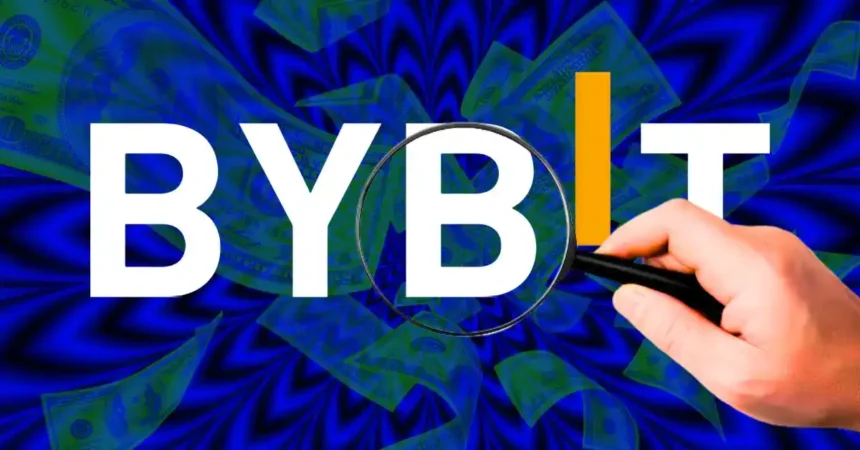A new report from Bybit’s Lazarus Security Lab has uncovered that 16 major blockchain networks have built-in or easily enabled capabilities to freeze or restrict user funds. The research team analyzed 166 blockchains using a mix of AI tools and manual inspection, revealing varying levels of centralized control embedded within networks that often market themselves as decentralized.
The findings show that several chains are equipped with mechanisms originally designed to prevent theft or malicious activity—but these same tools could also enable censorship or unwanted control over user assets. This raises significant concerns about the true decentralization of many widely used blockchains.
Hardcoded and Config-Based Freezing Raise Centralization Concerns
Among the most notable revelations is that BNB Chain features hardcoded functions allowing network operators to freeze funds directly at the protocol level. VeChain and several other networks fall into this same category, bringing the total number of blockchains with hardcoded freezing capabilities to five.
The report also found that 10 out of the 16 identified chains use configuration-based freezing methods. These rely on special config files accessible only to validators and core developers, giving them the power to block or restrict specific addresses. Aptos, Eos, and Sui are among the chains that can activate freezing functions through these validator-level configurations.
Meanwhile, the Cosmos ecosystem does not currently have built-in freezing functions but could adopt them with minor protocol adjustments—highlighting how easily decentralization can be compromised across popular networks.
Heco Stands Out With On-Chain Smart Contract Blacklisting
In a unique case, the Heco chain manages its blacklist entirely through an on-chain smart contract. This method creates a more transparent process compared with hidden validator configurations, but it still enables centralized actors to restrict user access when triggered.
Bybit’s researchers emphasized that although these mechanisms help prevent fraud and fund theft, they introduce serious risks. The ability to freeze funds—particularly when controlled by a small number of validators—could lead to censorship, uneven enforcement, and a shift away from the decentralized principles that blockchains claim to uphold.
As the crypto ecosystem continues to evolve, the report encourages users and developers to scrutinize the governance models and control structures behind their preferred networks.


